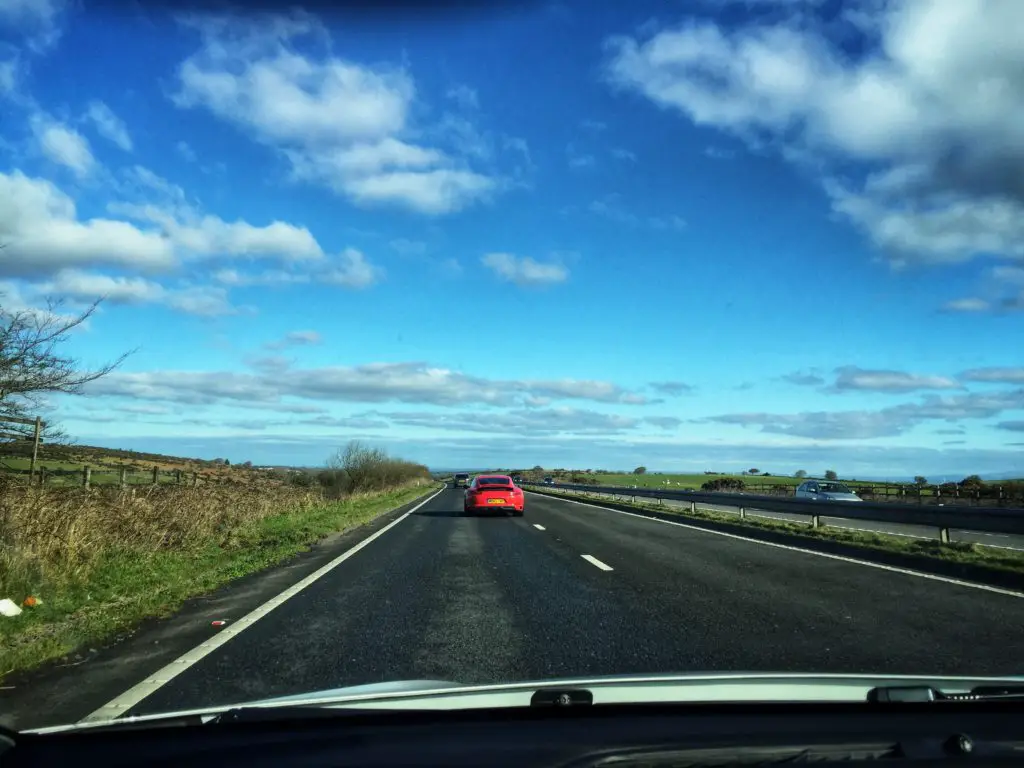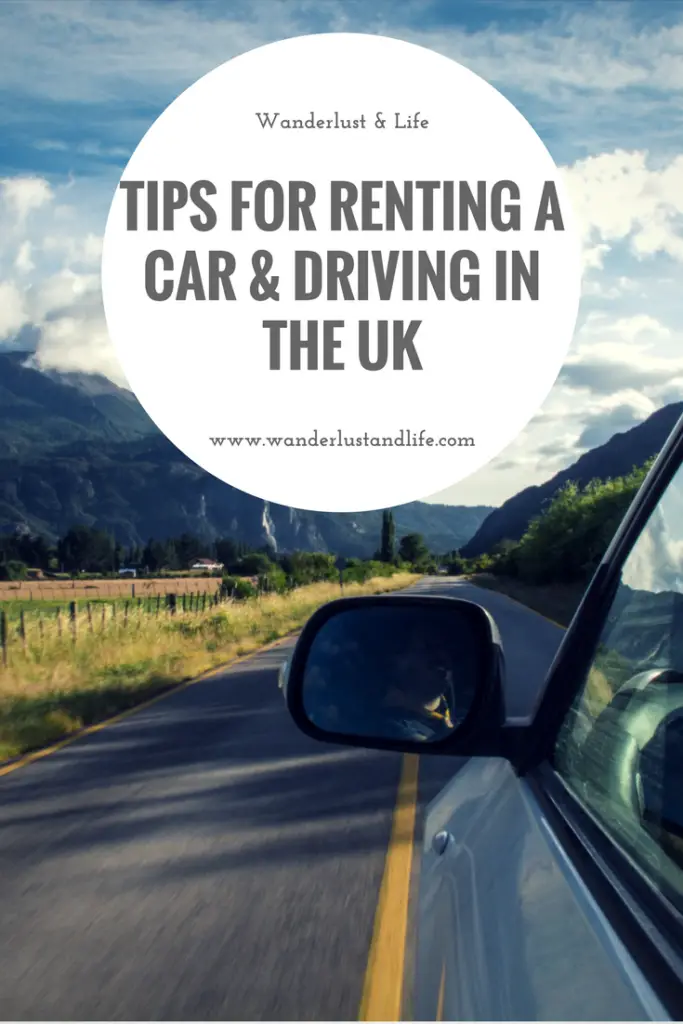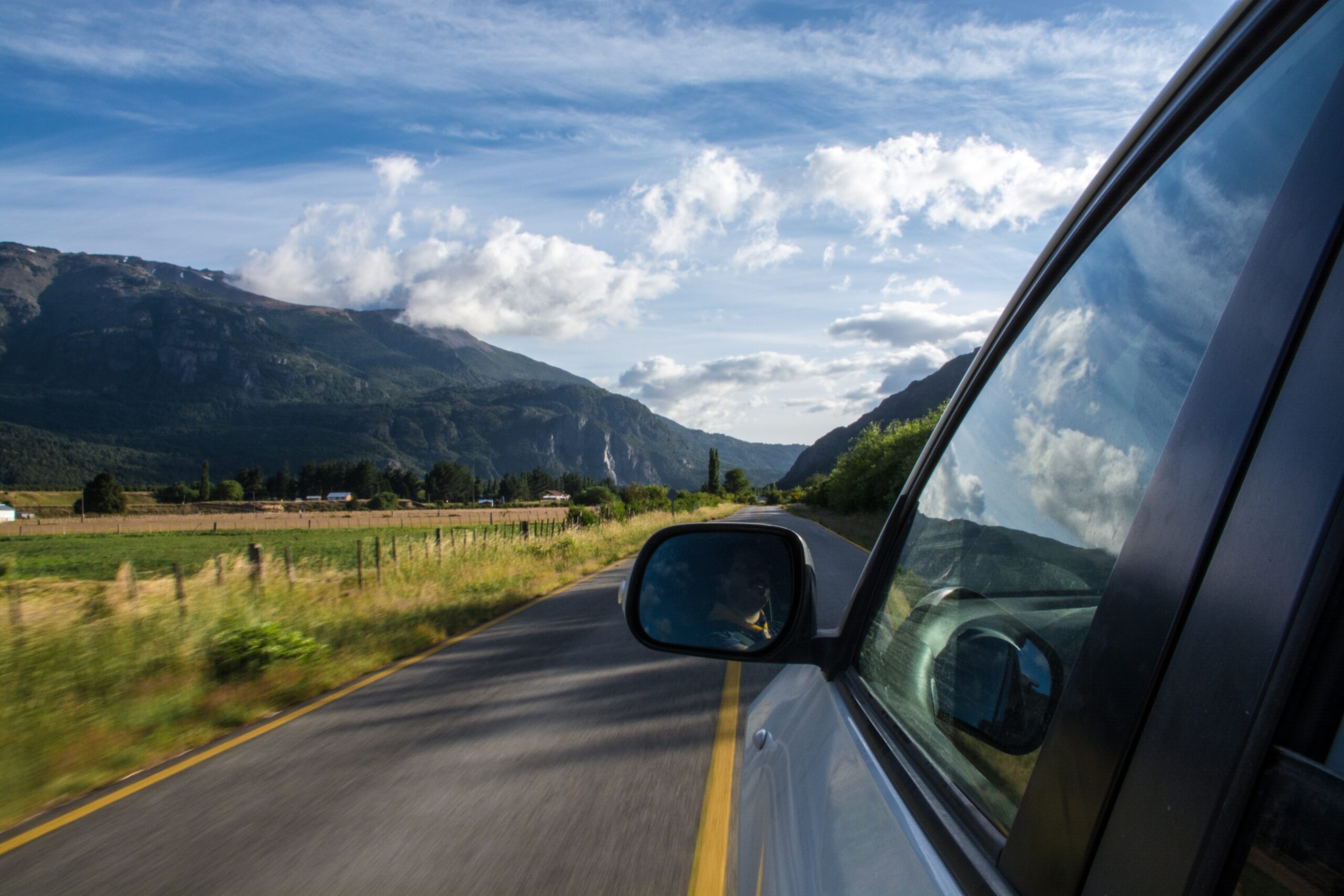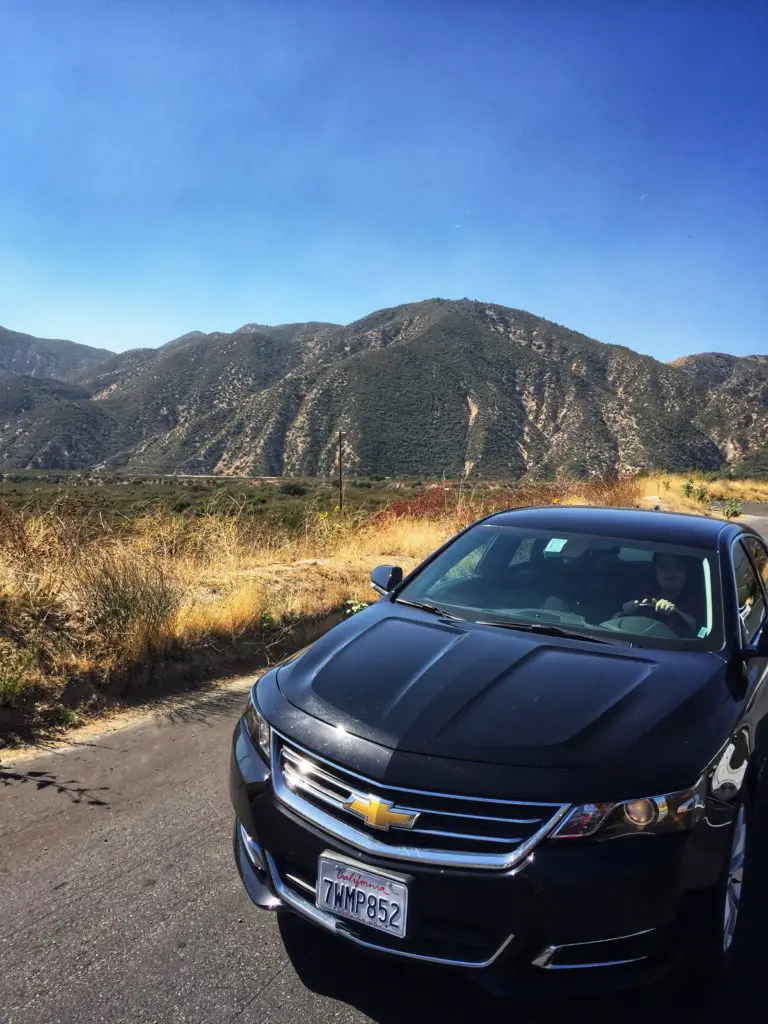Tips for renting a car and driving in the UK
Dave and I recently rented a car to do the 6 and a bit hour drive from Manchester to Cornwall. Now despite the fact that we both hold UK driving licenses, neither of us did our test in the UK. I swapped over an Australian license and Dave swapped over an Irish one. Because of this there were so many things that we just didn’t know, for example the national speed limit. So if you are planning to visit and do a road trip then here are some tips for renting a car in the UK to get you through.
Contents
Where to hire your car from
There are several car hire firms in the UK. We usually choose to rent our car with Europcar UK and Ireland, however in this instance due to logistics we chose to rent with Enterprise. Whoever you choose to rent with, you will get a choice of different car types from the more economical to the more premium options. Do keep in mind roads in the UK can be quite narrow at times so choosing a huge car might not always be your best option, especially if it is only the two of you. Also do bear in mind that most cars in the UK are manual (or stick, as it is often referred to in some countries). If you require an automatic then make sure you specify, and keep in mind that sometimes this option can be more expensive.
Insurance Options
We always choose to take out the full insurance options every time we rent a car. I kind of have this inherent distrust of car rental people, and no matter how good a driver you are you can still have an accident that is someone else’s fault. At Enterprise they didn’t have a full insurance option, but we paid an additional £12.00 per day to bring down the insurance premium. Without this you would be looking at paying around £1,000 per scratch or dent to the car (the emphasis being ‘£1,000 for each’ scratch). By paying this we brought the premium down to £100 for all damage. So we could have had 5 scratches but still only paid the £100 premium (instead of £5,000).
We also opted for roadside assistance because I will be honest I have no clue how to change a tyre. This only amounted to an additional few pounds a day. Finally we are probably suckers but we also opted to pay extra for windscreen damage. Because apparently if the windscreen cracks this isn’t included in your original £100 excess. I know it can be more expensive but I definitely recommend paying extra to ensure you are covered in every situation. The thing is you just never know.
Before you leave the rental car place take a good bit of time to check for any scratches or damages already on the vehicle. If it is not on your inventory and you don’t record it you will be charged for it. The sales guy walked us around the car and even after he left we did some additional checks, just in case.
Additional Drivers
You also need to decide if one person will be driving or if you need an additional driver. We opted to pay for the additional driver, but keep in mind it is only the people listed on the contract who are insured in case of an accident.

Driving the car
Always remember that in the UK you drive on the left. As well as that speed limits are listed in miles and not kilometres. Another thing that we noticed is that in the UK you will not find a lot of speed signs. Instead you need to be aware of the national speed limits. You are best off having a look at the gov.uk website for more information on this (although if you have a satnav this will also show up). I panicked because as we drove along the motorway we couldn’t see any speed signs. After a quick google we realised. Most of the time you will only see a speed sign when the speed differs from the national speed limit.
Road Etiquette
When driving in the UK on a dual carriageway or a motorway you should always stay in the left hand lane unless you are overtaking. Drivers get really irate about it, like the guy in the land rover who decided to stick two fingers up outside his window as he overtook me. The roads in the UK can also be quite narrow at times, especially when you find vehicles parked on either side. A general rule of thumb is, if you are coming down a hill or if you have room to pull in to let someone pass then do so.
Regional roads are a whole other kettle of fish. You might find yourself driving away with two lanes and then the next minute you turn down the narrowest dirt track. Although this is more prominent out in the country. We came across this quite a bit in Cornwall. The worst bit is if someone is coming in the opposite direction. You have to decide who can pull in and who can reverse. If you aren’t the most confident driver try to avoid the regional roads.
Returning the car
When you return the car make sure that you fill it up with fuel. You also want to make sure the inside of the car isn’t excessively dirty. Although you usually don’t need to get a professional clean, and Enterprise confirmed with us that they wouldn’t charge for washing the car. When you fill up the fuel always get a receipt. Some rental companies ask for this and want to see how far away the petrol station was from the dealership. In the UK there are different fuel options compared to say the USA. Here the two types of fuel are Diesel and Unleaded. Make sure you know exactly which fuel your car takes as you don’t want to put the wrong type in.
When we rented the car Enterprise took an additional £200 from my bank account as a deposit. When you return the car in a good condition they refund your money, although this can take a few days. If they have confirmed everything is ok and there will be no additional charges then make sure your full deposit gets returned. You should also receive a confirmation email confirming the charges, if any.

Now you have your car all rented, looking for some tips of things to do and see in the UK? Checkout these posts:
A music lover’s guide to Liverpool
Whitby the coastal gem you have been missing
Top ten things you should do in York
Top 5 places in the North of England you should visit
Or if you are planning to rent a car in the USA instead you can read all about it here.





